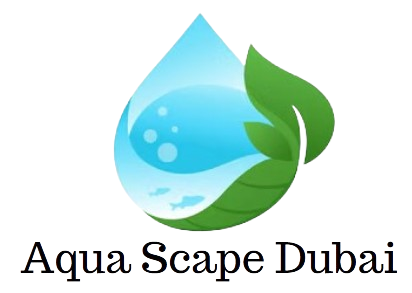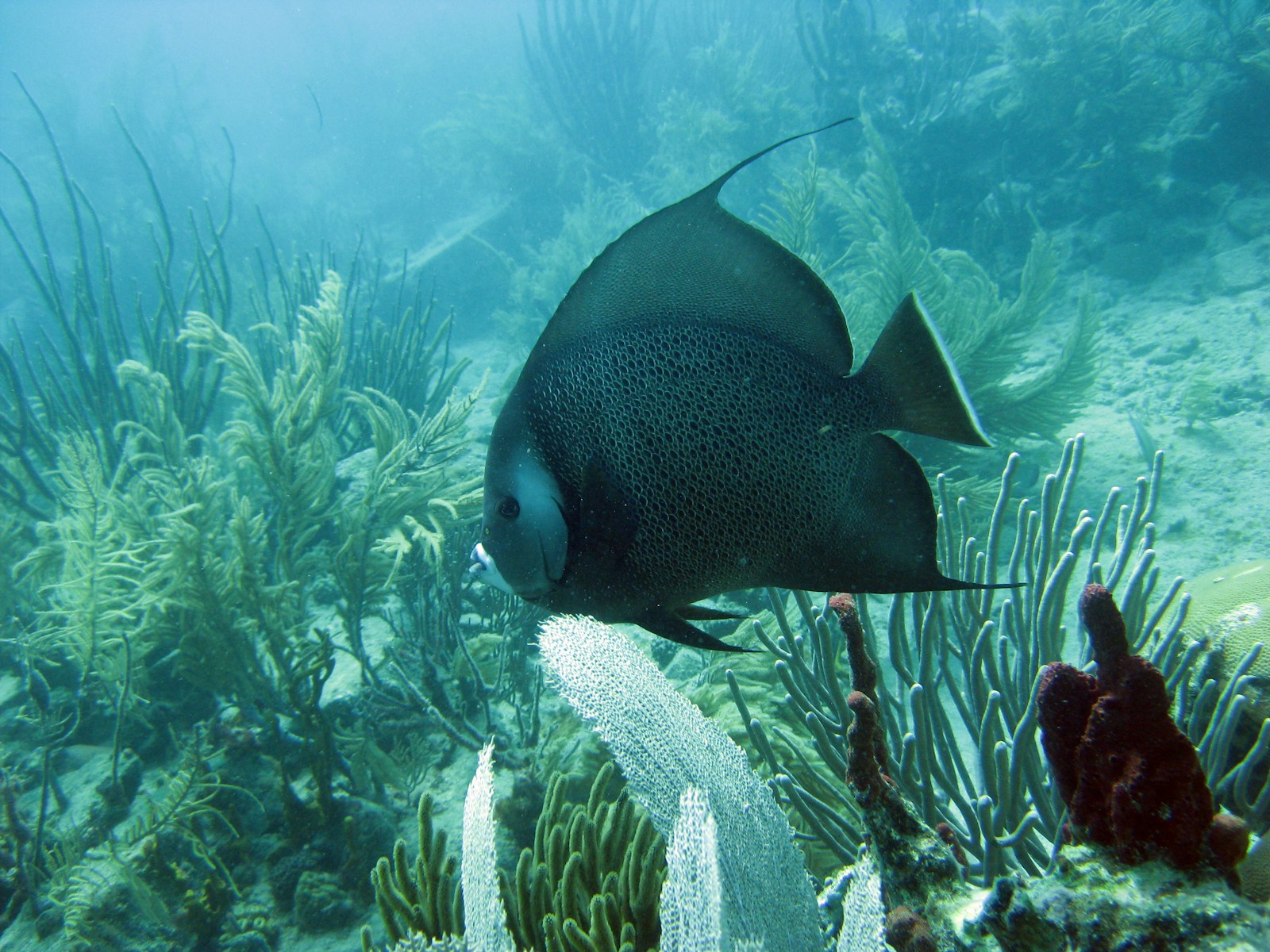Is Aquascaping an Expensive Hobby?
When considering the cost of aquascaping as a hobby, it is important to take into account the initial setup expenses. These can include the cost of purchasing an aquarium, substrate, lighting, filtration system, and other necessary equipment. The size and quality of these items can greatly affect the overall cost. For example, a larger aquarium with high-quality materials will generally be more expensive than a smaller, basic setup.
In addition to the initial setup expenses, ongoing costs should also be considered. These can include the cost of water additives, fertilizers, and maintenance supplies such as algae scrapers and water testing kits. The type of plants and fish chosen for the aquascape can also impact the ongoing costs, as some species may require specific care or specialized food.
Furthermore, the cost of aquascaping can also vary depending on the level of expertise and ambition of the hobbyist. Beginners may choose to start with a simple and low-maintenance aquascape, which can be more affordable compared to a complex and high-tech setup. However, as hobbyists gain experience and knowledge, they may choose to invest in more advanced equipment and rare plant species, which can significantly increase the cost.
It is also worth mentioning that aquascaping can be a highly customizable hobby, allowing individuals to create unique and personalized underwater landscapes. This level of customization can also impact the cost, as individuals may choose to invest in custom-made hardscape materials, rare plant species, or specialized lighting systems.
Overall, while aquascaping can be an expensive hobby, it is not necessarily so. With careful planning, research, and budgeting, it is possible to create a beautiful and thriving aquascape without breaking the bank. Additionally, many hobbyists find great satisfaction in the process of creating and maintaining their underwater gardens, making the cost of aquascaping a worthwhile investment for them.
The Initial Investment
Like any hobby, aquascaping requires an initial investment to get started. The cost of setting up an aquascape can range from affordable to quite expensive, depending on the size and complexity of the aquarium and the materials used.
The most significant expense when starting an aquascape is the aquarium itself. Larger tanks generally cost more than smaller ones, and specialized aquariums designed for aquascaping can be even pricier. Additionally, the quality of the tank, such as the thickness of the glass and the durability of the frame, can also affect the price.
Other essential equipment, such as a filtration system, lighting, and heating, are also necessary for a successful aquascape. These items can vary in cost depending on their quality and features. It’s important to invest in reliable equipment to ensure the health and well-being of the aquatic plants and animals in the aquarium.
Decorative elements, such as rocks, driftwood, and substrate, are also expenses to consider. The type and quantity of these materials can vary depending on the desired aesthetic and the needs of the plants and animals in the tank. While some aquascapers may opt for more affordable options, others may choose higher-quality materials, which can increase the overall cost.
Aside from the initial investment in equipment and materials, aquascaping also requires ongoing maintenance and care. Regular water testing, water changes, and the addition of fertilizers and supplements are necessary to keep the aquarium environment stable and the plants thriving. These ongoing costs should also be factored into the overall budget for aquascaping.
Furthermore, aquascaping enthusiasts often invest in books, magazines, and online resources to expand their knowledge and skills. Learning about different aquascaping techniques, plant species, and fish compatibility is essential for creating and maintaining a successful aquascape. While these educational resources may not be a significant expense, they are worth considering when calculating the overall cost of the hobby.
It’s important to note that the initial investment and ongoing costs of aquascaping can vary greatly depending on individual preferences and goals. Some hobbyists may choose to start small with a basic setup and gradually expand their aquascape as their skills and budget allow. Others may have a larger budget from the beginning and opt for a more elaborate and intricate design. Ultimately, the cost of aquascaping is a personal decision, and it’s essential to prioritize what is most important to you and your aquatic ecosystem.
Aside from electricity and water treatments, there are several other monthly maintenance costs to consider when maintaining an aquascape. One such cost is the regular purchase of fish food. Different species of fish have different dietary needs, and it’s important to provide them with a balanced diet to ensure their health and well-being. Depending on the number and type of fish in the tank, the cost of fish food can add up over time.
Another ongoing expense is the cost of replacing or upgrading equipment. Over time, filters, heaters, and other equipment may wear out or become less efficient. It’s important to regularly check and maintain these components to ensure the longevity of the aquascape. If any equipment needs to be replaced or upgraded, this can be an additional cost to consider.
Additionally, regular testing of water parameters is essential to maintain a healthy aquascape. Test kits for measuring parameters such as pH, ammonia, nitrite, and nitrate levels need to be purchased regularly. These tests help monitor the water quality and detect any imbalances or issues that may arise. Depending on the frequency of testing and the number of parameters being tested, the cost of these kits can vary.
Lastly, the cost of maintenance supplies, such as cleaning tools, algae scrapers, and siphons, should also be taken into account. These tools are necessary for regular maintenance tasks like cleaning the glass, removing debris, and performing water changes. Having the right tools on hand can make these tasks easier and more efficient, but they do come with a cost.
Overall, maintaining an aquascape requires careful consideration of the ongoing monthly maintenance costs. From electricity and water treatments to fish food and equipment replacement, these expenses can add up over time. However, with proper planning and budgeting, the joy and beauty of a well-maintained aquascape can outweigh the financial investment.
Scaling Up and Advanced Techniques
As with any hobby, aquascaping can become more expensive as enthusiasts become more involved and interested in advanced techniques. While it’s possible to create a beautiful aquascape on a budget, some aquascapers may choose to invest in more expensive equipment or experiment with specialized techniques.
For example, some aquascapers may choose to invest in CO2 injection systems to provide additional carbon dioxide for their plants, which can result in faster growth and more vibrant colors. However, these systems can be quite expensive and require ongoing maintenance. The CO2 injection system typically consists of a CO2 cylinder, a regulator, and a diffuser. The cylinder contains pressurized CO2, which is then regulated to ensure a consistent flow into the aquarium. The diffuser then disperses the CO2 into the water, allowing the plants to absorb it through their leaves.
Similarly, some aquascapers may choose to experiment with more advanced lighting systems or specialized fertilizers to achieve specific effects or create unique underwater landscapes. Advanced lighting systems, such as LED lights, offer a wide range of customizable options, including intensity, color spectrum, and even sunrise and sunset simulations. These lights can mimic natural lighting conditions and enhance the overall aesthetic appeal of the aquascape. Specialized fertilizers, on the other hand, provide the necessary nutrients for the plants to thrive. These fertilizers are formulated specifically for aquatic plants and often contain a balanced mix of macronutrients, micronutrients, and trace elements.
While these additional techniques and equipment can add to the overall cost of the hobby, they also offer aquascapers the opportunity to take their aquascaping skills to the next level. Scaling up the complexity of the aquascape and incorporating advanced techniques allows aquascapers to create truly breathtaking underwater worlds that showcase their creativity and dedication.

